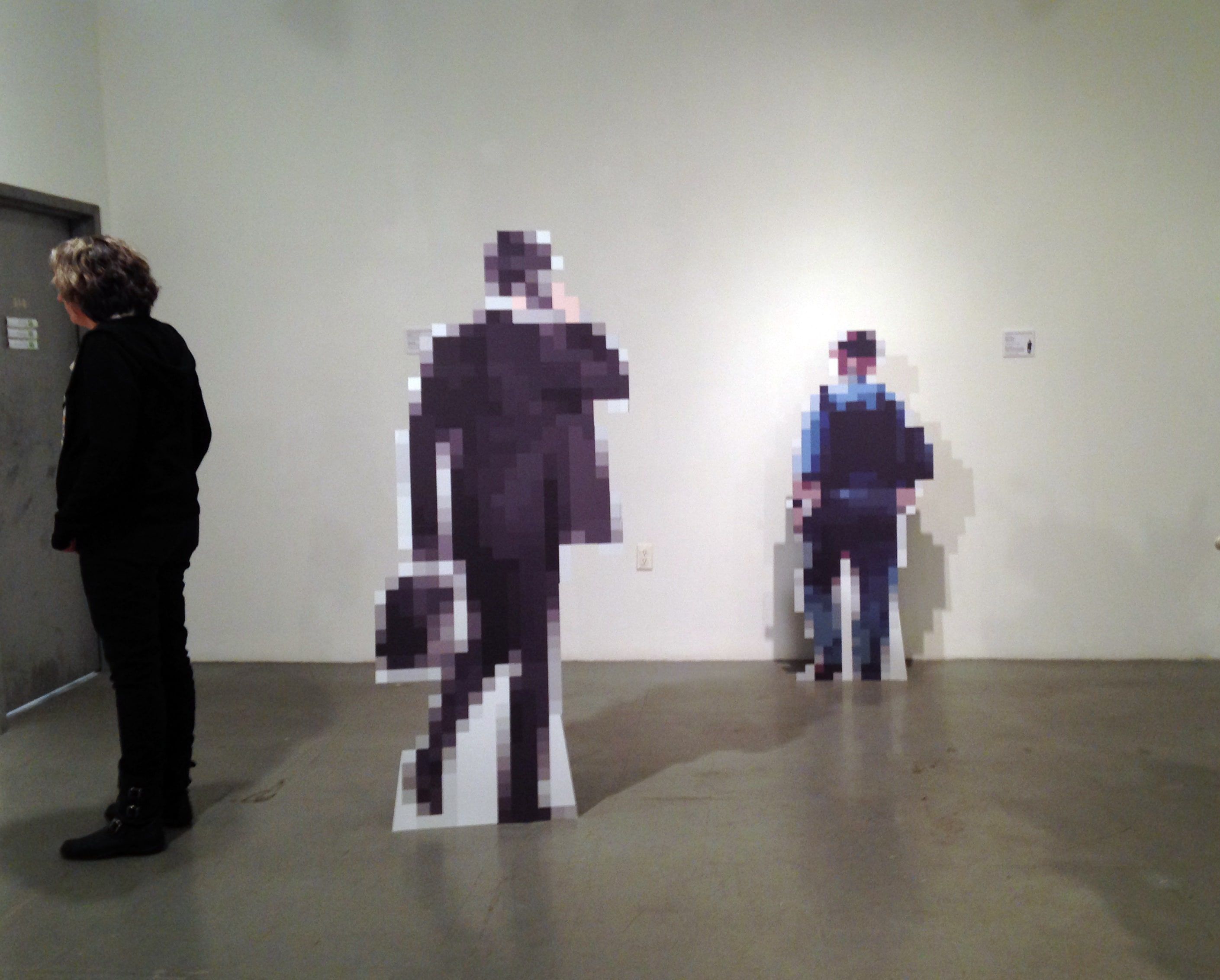
Waterfront Works
The waterfront areas of urban cities exist as contested zones, representing a variety a conflicting interests including financial gain, architectural development, historic and community preservation, public space, and as a key location for contemporary art projects and community-engaged urban design. Below, artist, writer and educator Sam Holleran explores the urban waterfront via case studies of New York City and Amsterdam.
- EN
- 20 June 2018
- Essay





